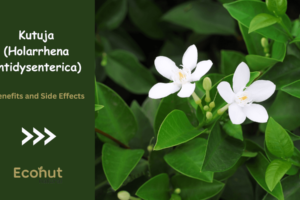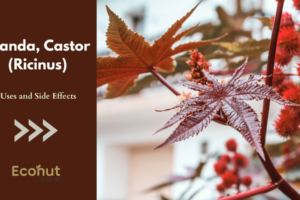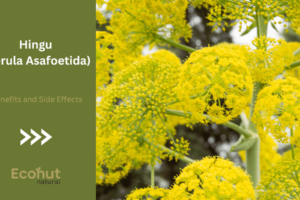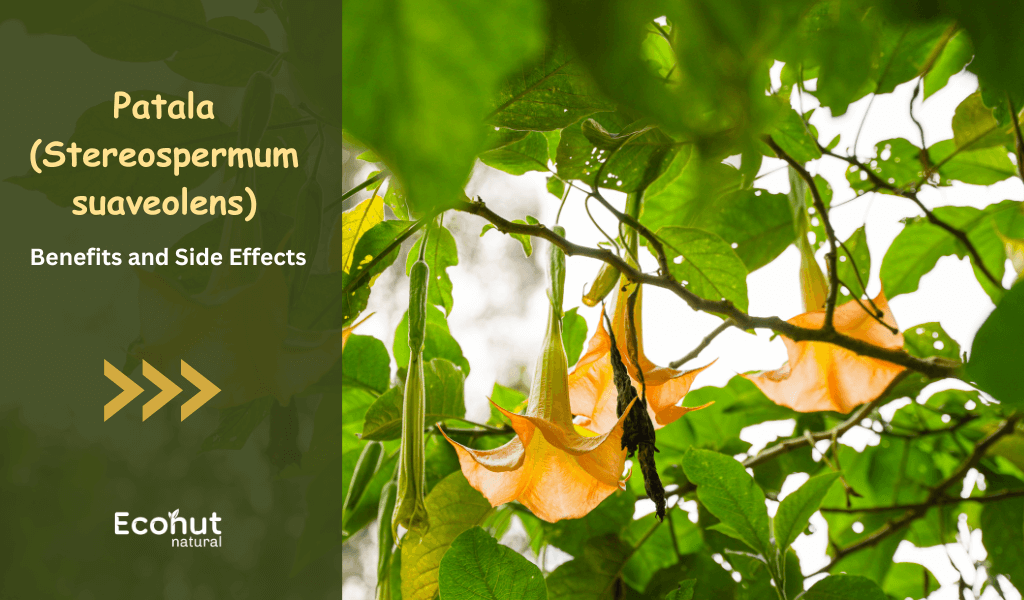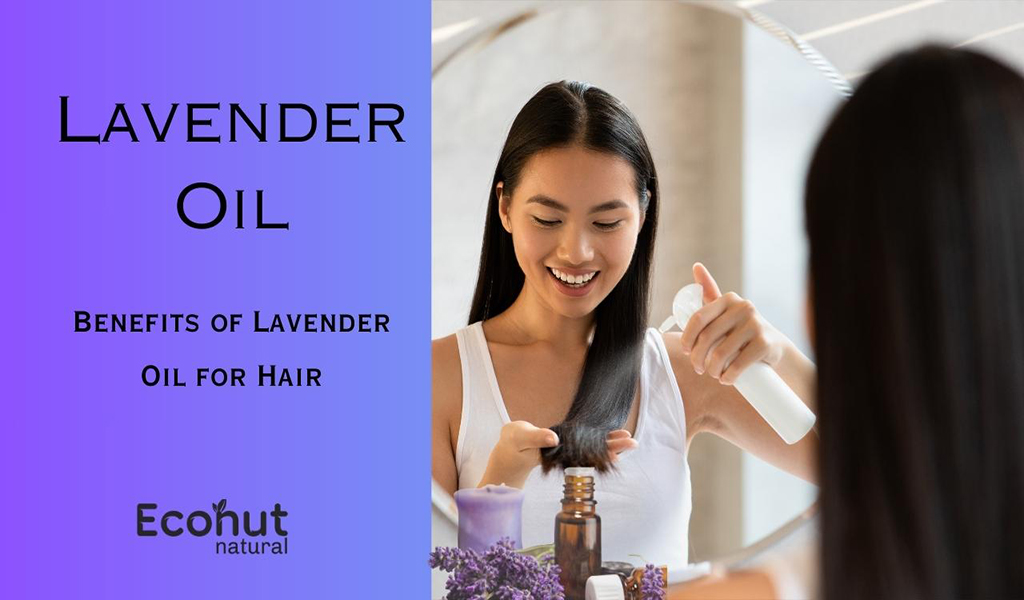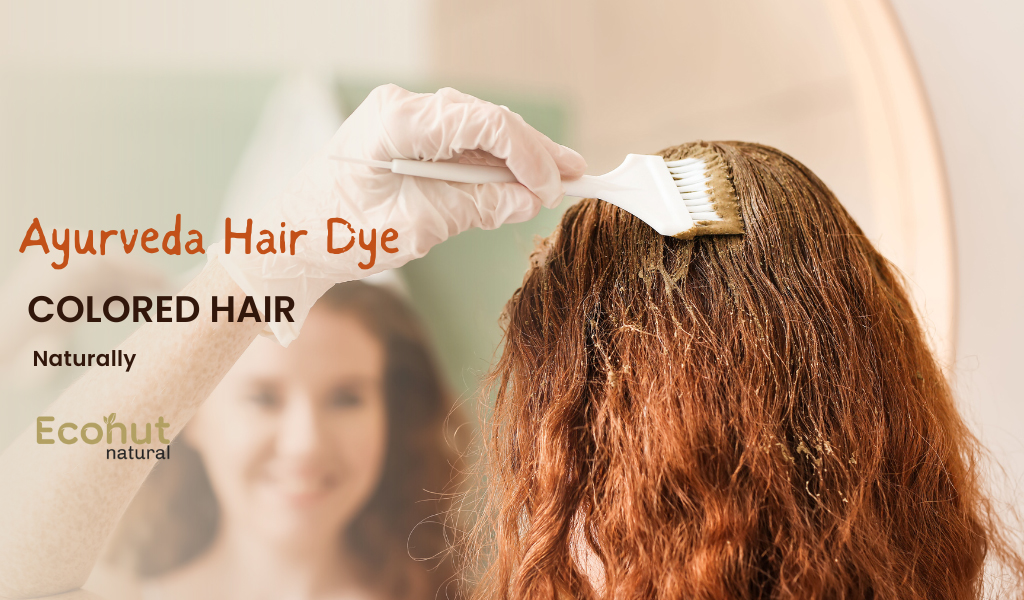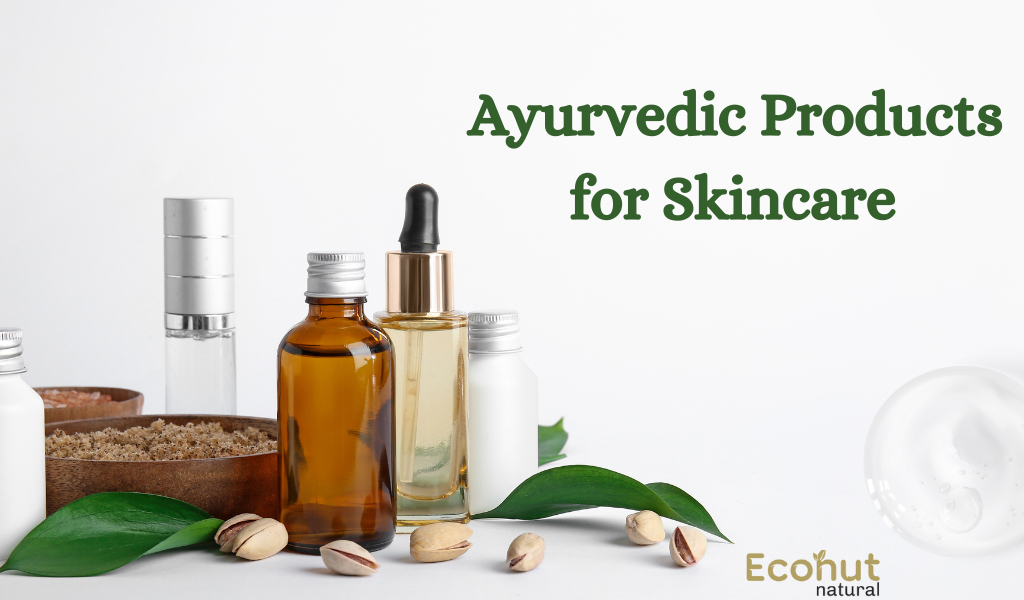Chemicals in India have been repairing a lot of our hair problems since ancient times. For years, if not centuries, women all over the country followed their mothers’ and grandmothers’ advice and used henna for their hair, getting its benefits.
1. Henna, Fenugreek Seeds (Methi) Camphor
Since it contains fiber, a plant element present in tea that gives them its rich color, Henna helps prevent premature graying of hair.
Fenugreek seeds have been shown to help maintain your hair’s natural color and avoid early greying.
Camphor, also known as helps boost blood circulation. It cools the scalp and grows the supply of blood to the hair follicles, causing stronger, healthier hair.
Ingredient:
- Two tablespoons of henna powder
- Three tablespoons of fenugreek seeds (Methi)
- Camphor
How To Apply:
- Soak three tablespoons of fenugreek seeds at night, and then grind them in a grinder in the morning
- In a bowl, mix four pieces of camphor, two tablespoons of henna powder, crushed fenugreek seeds, and enough water to make a medium-consistent paste
- Mix till all particles are removed
- Now, wash your hair and apply this henna hair treatment from root to end.
How can you remove it?
Allow it to rest for forty to forty-five minutes then wash it with shampoo.
How many times to do this?
Twice a week.
How can it work?
The relaxing qualities of henna relieve irritation and discomfort, while fenugreek and camphor help in the removal of dead skin and dandruff.
2. Henna & Multani Mitti
Not only may henna assist in the avoidance of dandruff, but it is also an outstanding component for managing the pH and oil production of your scalp.
Multani Mitti is totally natural and free of dangerous chemicals. Using Multani Mitti as a cleanser well cleanses your scalp.
Ingredient:
- Two tablespoons of henna
- Two tablespoons of multani mitti
How To Apply:
- Prepare a homogeneous, consistent paste with two teaspoons each of Multani mitti and henna and sufficient water
- While going to bedtime, use this pack on your hair. Fold your hair with an old towel if you are okay with becoming soiled
- Leave the hair mask in place overnight. In the morning, remove the hair pack with a moderate sulfate-free shampoo.
How can you remove it?
You can remove it the next morning.
How many times to do this?
Once a week.
How can it work?
This hair pack proves useful for decreasing hair loss due to greasy scalps. Multani mitti cleans your scalp by removing oil, dirt, and pollutants.
3. Henna, Amla, Egg & Lemon
According to Israeli research, henna offers hair conditioning effects. (9). This is due to henna’s ability to seal the hair cuticle, allowing it to retain moisture.
Amla Powder is an Ayurvedic herb made from Indian gooseberries. Amla can also help difficult roots receive color better.
The whites of eggs are high in protein, which feeds the scalp and thickens hair, and the yolks of eggs are heavy in fat, which softens hair.
The act of bleaching becomes quicker by citric acid. Lemon juice’s lightening effects are most beneficial on lighter hair shades, such as blonde and light brown.
Ingredient:
- Henna powder
- Amla
- Egg
- Lemon
How To Apply:
- Start with a mixture of three tablespoons of henna powder and two teaspoons of amla powder.
- Add a single egg and a little bit of lemon juice to this mixture
- Mix every one of the ingredients combined until thick paste forms, then apply the hair mask to your scalp as well as your hair
- After approximately an hour, wash this away with moderate shampoo.
How can you remove it?
After an hour you can remove it.
How many times to do this?
Once a week.
How can it work?
This hair mask is exceptionally rich in protein, which is a vital nutrient for preventing the loss of hair while encouraging healthy hair progress.
4. Henna & Banana
On the scalp, henna has a cooling effect. Henna’s antibacterial and antiseptic features aid in the upkeep of scalp health by fighting numerous scalp diseases such as dandruff, scalp irritation, and so on.
Because of their powerfully moisturizing and nourishing features, banana is often utilized in many DIY hair conditioning treatments.
Ingredient:
- Henna
- One ripe banana
How To Apply:
- Form a thick paste with two teaspoons of henna and water
- Leave this to soak overnight
- In the morning, smash a ripe banana and add the dried henna to a dish. Put this aside for now
- Clean your hair as normal, then replace your conditioner with the henna banana mixture
- Use the paste on damp hair and keep it on for 5 minutes
- Rinse your hair using either warm or cold water.
How can you remove it?
When it dries you can remove it.
How many times to do this?
Once a week.
How can it work?
This hair pack gets your hair shiny and manageable. Banana assists in split-end reduction and hair conditioning.
5. Henna & Green Tea For Hair Color
The greater scalp health, controlled pH levels, and unobstructed pores outlined above all assist in decreasing hair loss and stimulating healthy hair growth. Henna not only helps your hair grow more rapidly it also enhances the texture of your hair.
Green tea stimulates hair growth and regrowth. Green tea contains elements such as carotenoids, tocopherols, zinc, ascorbic acid, and selenium which encourage hair regrowth.
Ingredient:
- Henna
- Green tea
How To Apply:
- To form a smooth, identical paste, combine a cup of henna powder with a cup of freshly made green tea.
- Give it to rest overnight
- Sprinkle with a few tablespoons of lemon juice in the morning
- Put it in your hair and let it remain for 30 minutes.
How can you remove it?
After 30 minutes you can remove it.
How many times to do this?
Once a month.
How can it work?
This collection will help you color your hair and hide up greys. If you want a brown color instead of orange-red, switch green tea with black coffee. This is useful for people having greasy scalps. Green tea is known to promote hair development.
6. Henna & Coconut Milk
Henna is almost every natural hair care enthusiast’s product for hair coloring.
Since coconut milk is a natural fatty acid, it gives excellent hydration to your hair strands.
Ingredient:
- Henna
- Coconut milk
How To Apply:
- Boil a cup of coconut milk with ten teaspoons of henna powder
- Stir in four tablespoons of olive oil till the batter is smooth and uniform as well as free of lumps
- Keep on the hair for an hour. After that, wash it up with a sulfate-free shampoo
How can you remove it?
After an hour.
How many times to do this?
Once a week.
How can it work?
This hair pack is suitable for people who have too heavily dry hair. Coconut milk is well-known for its nourishing and energizing impacts.
7. Henna & Coffee
Henna substances contribute to repairing hair damage while also nourishing your hair. It benefits the closing of the hair cuticle.
Caffeine has significant components that assist in improving the color tone of your henna hair dye. Not only that, but it also improves the condition of your scalp, which leads to healthier and softer hair. If you’d like to add texture and color to your henna hair coloring.
Ingredient:
- Henna
- Coffee
- Aluminum foil
How To Apply:
- In a pot, bring a cup of water and an amount of instant coffee powder to a boil
- Give the remedy a boil-over for a few minutes before switching off the flames
- Transfer the coffee to a bowl holding five teaspoons of henna powder while it is very hot. Mix carefully to ensure that the paste is free of lumps
- Start by dividing your hair and putting the henna and coffee mixture into it. Be careful to completely cover your roots
- Apply the batter on the hair for three to four hours when it is completely covered
- To enhance the therapeutic value of the pack, cover your hair with a shower cap and a warm towel
- Execute a mild, sulfate-free shampoo and cool water for washing your hair.
How can you remove it?
After four hours you can remove it.
How many times to do this?
Once a month.
How can it work?
While henna solo leads your hair in an orange-red shade, this coffee-henna integration converts it into a dark brown.
8. Henna & Hibiscus Leaves
Henna is a fantastic choice for those who wished to get the elimination of grey hair and are sensitive to chemical lotions. The majority of us make use of henna for shielding our hair from UV rays and dust.
Hibiscus leaves contribute to the management of dandruff and the maintenance of scalp health. Hibiscus is found in studies that encourage the advancement of hair.
Ingredient:
- Henna
- Hibiscus leaves
How To Apply:
- To generate an even and homogeneous paste, integrate a few hibiscus plants leaves with henna.
- You can additionally add a tiny quantity of water to it
- Then, to the paste, add a few a teaspoon of lemon juice
- Use it on the scalp and left it on for 20 minutes.
How can you remove it?
After 20 minutes you can remove it.
How many times to do this?
Once a week.
How can it work?
This pack facilitates tackling the symptoms of dandruff and the upkeep of scalp health. Hibiscus is observed in studies to contribute to the formation of hair.
9. Henna & Yogurt
Henna is frequently used to color your hair organically. Natural Henna hair color is not only safe and immediate, but it also has no adverse reactions.
Plenty of people utilize curd to condition their hair in order to avoid greying.
Ingredient:
- Henna
- Yogurt
How To Apply:
- Prior to using henna, wash and detangle your hair
- Split the hair into four or more portions
- Mix the henna aspects until they are smooth
- Use henna on your hair and cover it with a hat
- Allow three to six hours for the henna to dry out for the greatest color transfer.
- Rinse, condition as required, and style.
How can you remove it?
You can remove it when it dries.
How many times to do this?
At least once a week.
How can it work?
This texture pack keeps your hair bright and maintainable. It is abundant in proteins and has therapy-specific features. It works as a gentle cleanser, eliminating impurities from your hair and follicles without over-drying the scalp.
10. Henna & Brahmi
Henna’s properties naturally serve in the promotion of quick hair growth. This component, in powder form, can be used as well to generate a type of oil that nourishes and suggests the creation of hair.
Brahmi powder contains a high range of antioxidants, making it a great option for treating an itchy scalp. Not only that but Brahmi has been shown to increase general hair circulation and minimize split ends.
Ingredient:
- Henna
- Brahmi
How To Apply:
- In your henna composition, combine two teaspoons of Brahmi powder
- Stir it until it becomes a thin paste
- For the best outcomes, apply to dry, clean hair
- Give it to sit over your scalp for thirty to forty-five minutes
- Wipe with plain water.
How can you remove it?
After 40-45 minutes you can remove it.
How many times to do this?
Once a week.
How can it work?
Henna gives strong phytochemicals such as tannin and antioxidants that encourage hair growth. Dandruff gets treated. Brahmi plays a role in the supply of strength.
11. Henna & Bhringraj
Henna’s dietary qualities make it perfect for converting dry, damaged, and damaged hair into soft, sparkling, and controllable locks—there’s nothing like henna for hair.
Great for those looking to restore lost luster and improve general hair circulation. For a natural shine, use it as its own.
Ingredient:
- Henna
- Bhringraj
How To Apply:
- In a mixing area, connect henna and bhringraj powder with regular tap water
- Set the mixture to relax for about two hours before applying it to your hair
- You may use this formula with your usual henna therapy or for touchups
- Use a sulfate-free shampoo for washing your hair.
How can you remove it?
After two hours you can remove it.
How many times to do this?
Once a week.
How can it work?
Bhringaraj’s active components consist of haritaki and Jatamansi, both of which are especially successful in maintaining the natural color of hair and delaying premature greying. Henna made from bhringaraj plants may also be used to color hair.
Side effects of Heena Hair Color:
A study revealed that the active ingredient legal substance in red henna (the most prevalent) may cause allergic skin reactions. In youngsters with a lack of G6PD, it can possibly create dangerous bleeding.
Conclusion:
If you’re tired of exposing your hair to harmful chemicals and need a more natural option that delivers a beautiful color while also nourishing your hair, consider henna hair color. Henna has endless benefits. It makes your hair glossy silky, smooth, strong, healthy, and vivid.

